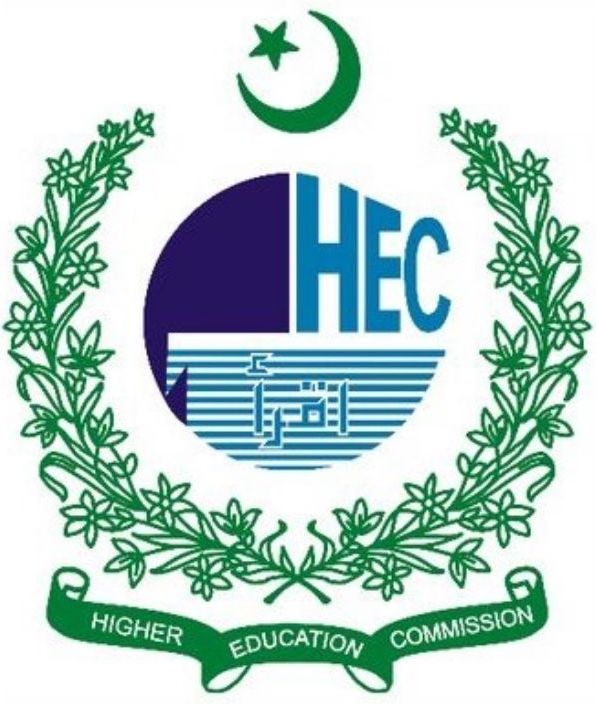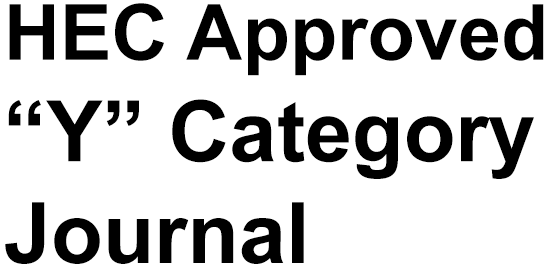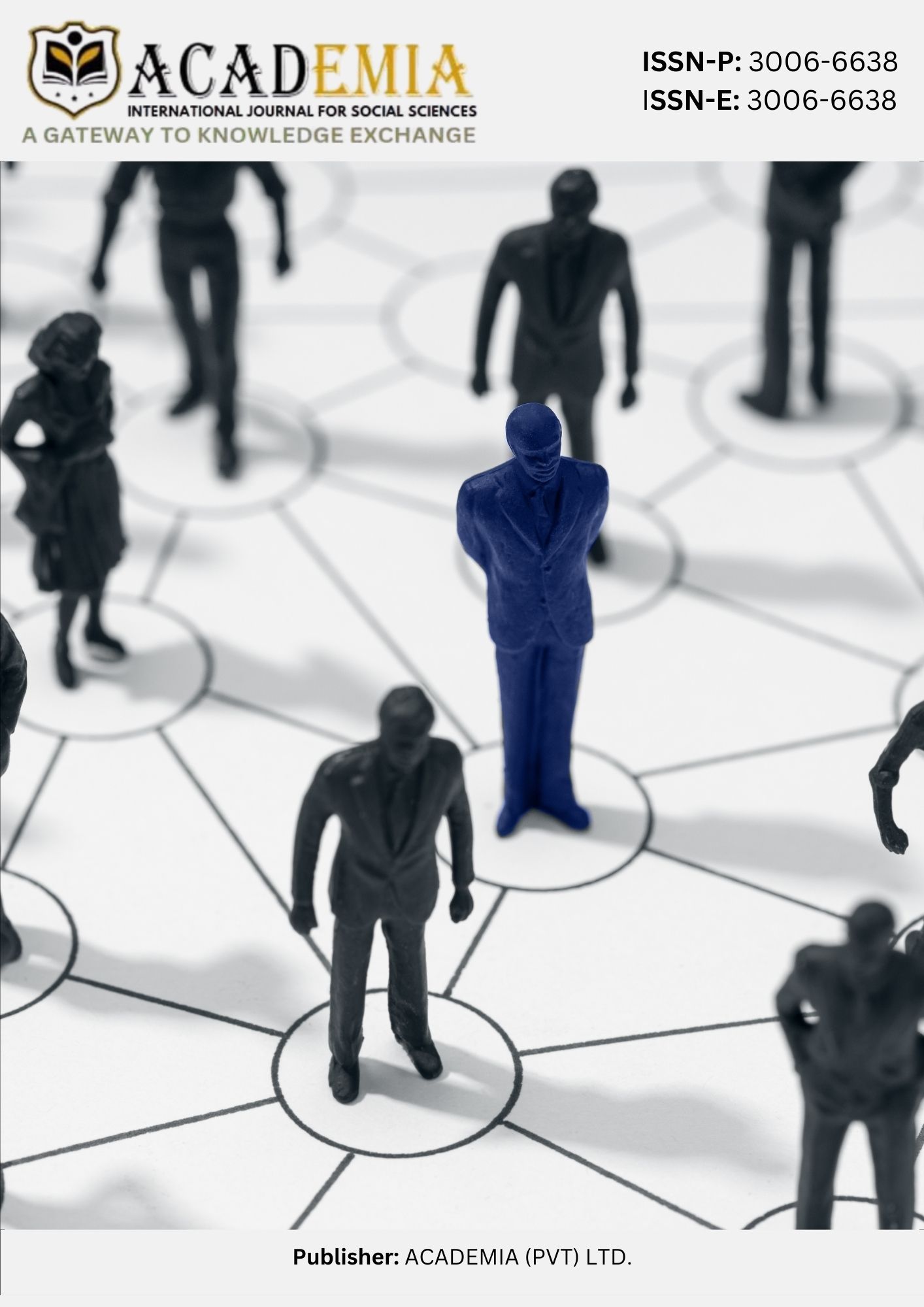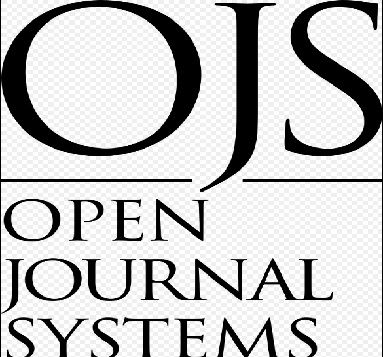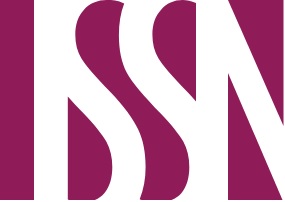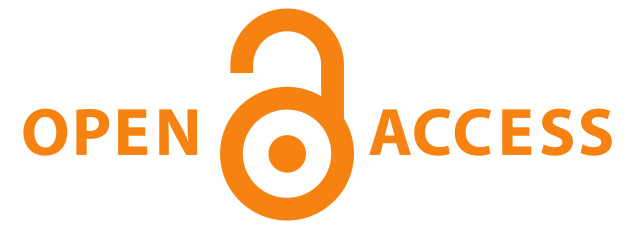Analysing The Factors Contributing to Skill Gaps in Medical Laboratory Technology Graduates: An Employer-Centred Perspective
DOI:
https://doi.org/10.63056/ACAD.004.04.1035Keywords:
diagnostics, employer perception, Medical laboratory technologyAbstract
Skill gaps among the fresh graduates have become a big concern for employers which influence the effectiveness of diagnostic services. This study was aimed to identify the factors which contributes towards this skill gap according to the employer’s perception.
It was a cross-sectional study carried out on 145 field relevant individuals such as hiring managers, faculty member teaching relevant curriculum, medical laboratory technologist and individuals providing jobs. Data was collected through a questionnaire specially designed to access the impact of several factors such as curriculum content, training opportunities, exposure to regulatory standards, technological advancements on their perception which might be responsible for skill gap in the graduates. Individuals’ demographic data such as age, gender and questions related to their potential job role and experience were also asked to check their relevancy to our study. Likert 5-point score was utilized to record their opinion over these factors. Data obtained was statistically analysed using SPSS-26.
The results revealed that practical training, exposure to regulatory standards and technological advancement had strong impact on the employer’s perception specially of younger age with a mean score value of 3.56, 3.71 and 3.36 respectively. Practical training was the most significant factor followed by exposure to regulatory standards and technological advancement with all p values<0.05. However, curriculum content alone not had significant impact on these employers’ perception with p value>0.05.
The outcomes unveiled practical training, exposure to regulatory standards and technological advancements as key factors influencing the employer’s opinion regarding graduate working capabilities and readiness for job. Implementing the strategies to balance these elements can reduce the skill gap enhancing the chances of graduate employability.
Downloads
Published
Issue
Section
License
Copyright (c) 2025 Rafia Ismail, Naeem Shahzad, Farzana Khan (Author)

This work is licensed under a Creative Commons Attribution 4.0 International License.


